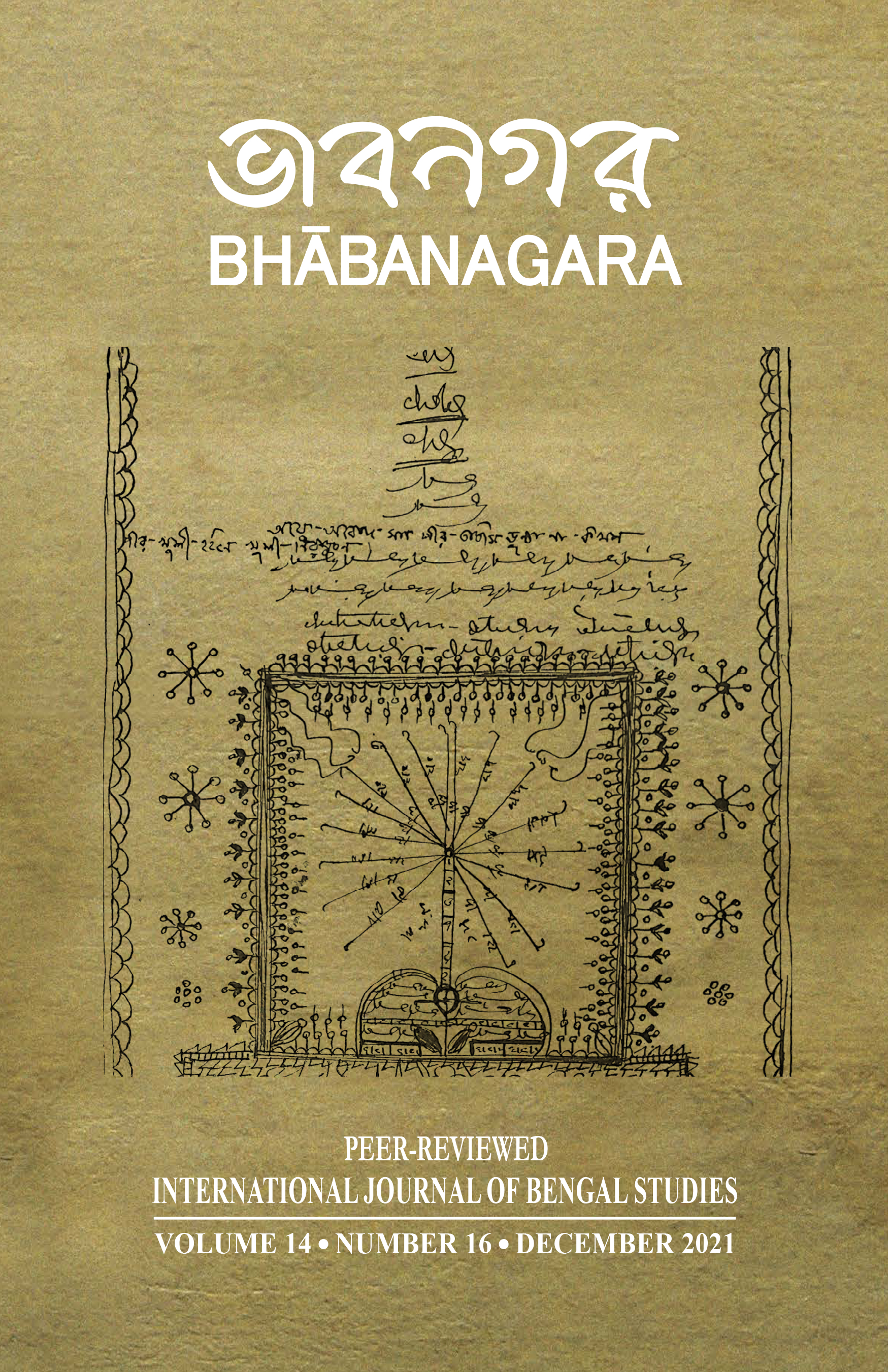সংস্কৃত থেকে বাংলা অনুবাদ, মহাসিদ্ধা লক্ষ্মীঙ্করা বিরচিত অদ্বয়সিদ্ধি | Sanskrit to Bangla Translation, Greatest Yoginī Lakşmīnkara's Advayasiddhi
DOI:
https://doi.org/10.64242/bijbs.v14i16.4Abstract
The essay presents Bengali translation of Yogini Lakşminkara's Abuyasiddhi, composed in Sanskrit, circa ninth century CE, at Oddiyana, one of the most sacred seats of pither of Buddhist Tantra. A brief Tantric manual, consisting of thirty-six verses, the Adrupuriddi is one rare text from more than thousand years back, with the authorship of a female segin Lakşminkari, counted amongst the eighty-four malitiadur by Abhayakaradatta, is believed to have been a princess, and the sister of king Indrabhūti of Oddiyara (a mahatids himself and the author of another Tantric martual titled Jhinasiddhi. The geographical location of Oddiyina was a site of contestation amongst scholars for years, now being widely accepted as being in the Swat Valley, Gandhara region of Pakistan-Afghanistan. In Tibetan histories of Buddhist Tantra and mabariddhas, Oddiyana is reputed for the gatacakrus or Tantric feasts, often presided over by fernale yogisis/dakinis,
The antinomian aspect of Tantric rituals is particularly pronounced in the Adayaziddhi, explicitly mentioning the taboo-meats and the bodily fluids (sexual as well as non-sexual). Although written by Lakşmakani, a female master of occult powers, Aduyanidali does not seem to be a manual (at kast exclusively) meant for female adepts/practitioners. While women of all kinds the disabled, the low caste "dog-cooker', the craftsmen, are instructed to be respected in the text (verse 6), they still do not have any active agency as the doer of the ritual action. Does it mean, that this manual was meant for biologically male adepts, passed down from a female guru, teaching the disciples how to perform transgressive rituals?
The matrix of intertextuality makes the case of Adresandalle all the more interesting, It bears close likeness to Padmavajra's Gabjandali, one of the eight ldi hects (with fourteen out of thirty-six verses of Adursaid, having parallels to verses from the latter); besides variation of one verse is found in the Hrigina Tantra and of another in Aryadevas Citto-resudillo-prakarana. This raises several questions How do we negotiate with modernist notions of the copy and the original in regards to such practice manuals of Buddhist Tantra? How do we assess the female author's authority, when she writes a ziddly text which borrows from her senior male contemporary like Padmavajra to a significant extent? Can we evaluate the empowered status of women in the mobsinddiw tradition, looking at Lakşminkară who had the privilege of Sanskrit education coming from a royal ancestry? Above all-did Lakšminkarå have female disciples as spiritual successors in the transmission lineage of this text, encoding secret ritualistic praxis?

Downloads
Published
Issue
Section
License
Copyright (c) 2021 BHĀBANAGARA: International Journal of Bengal Studies

This work is licensed under a Creative Commons Attribution-NonCommercial-NoDerivatives 4.0 International License.





